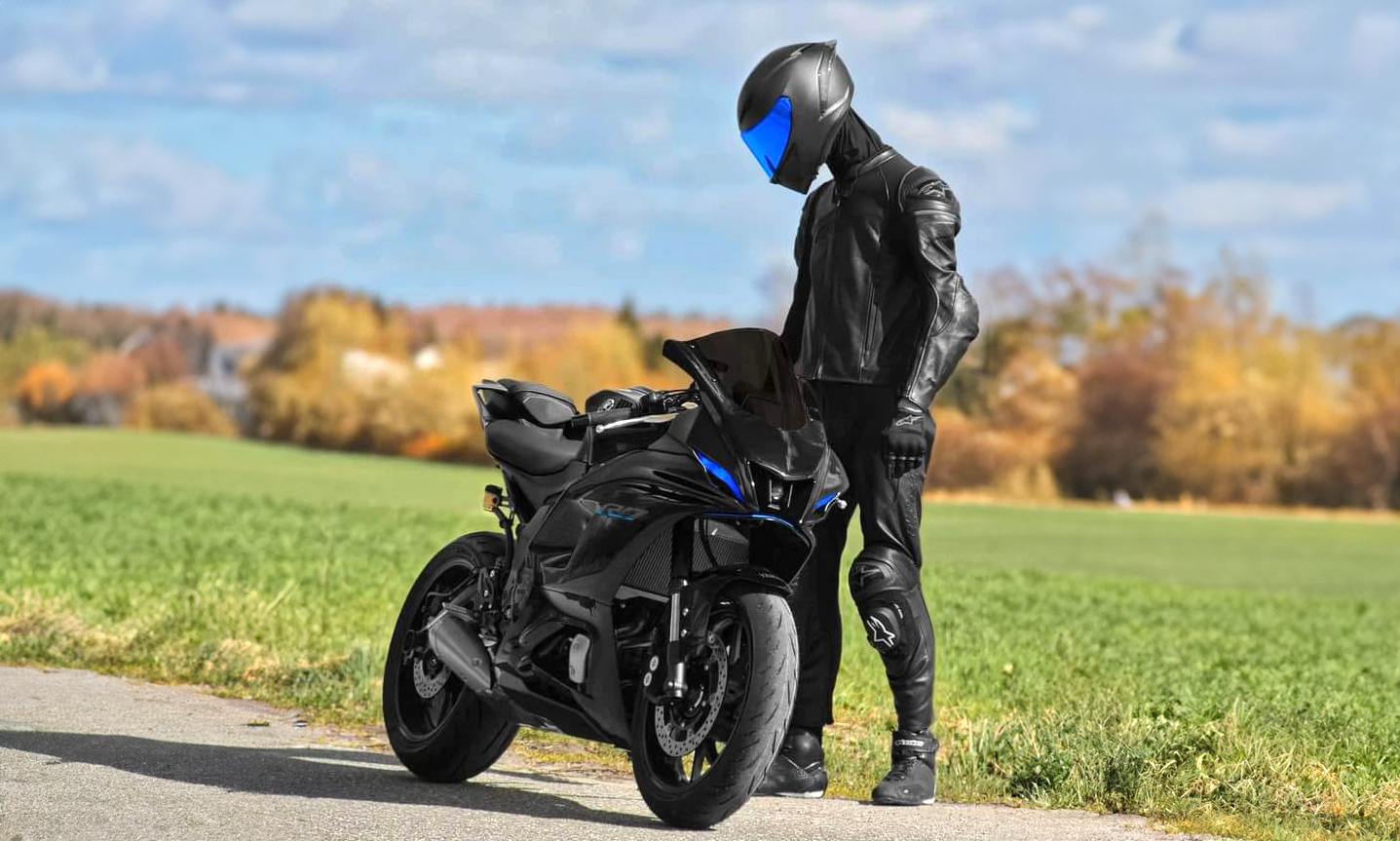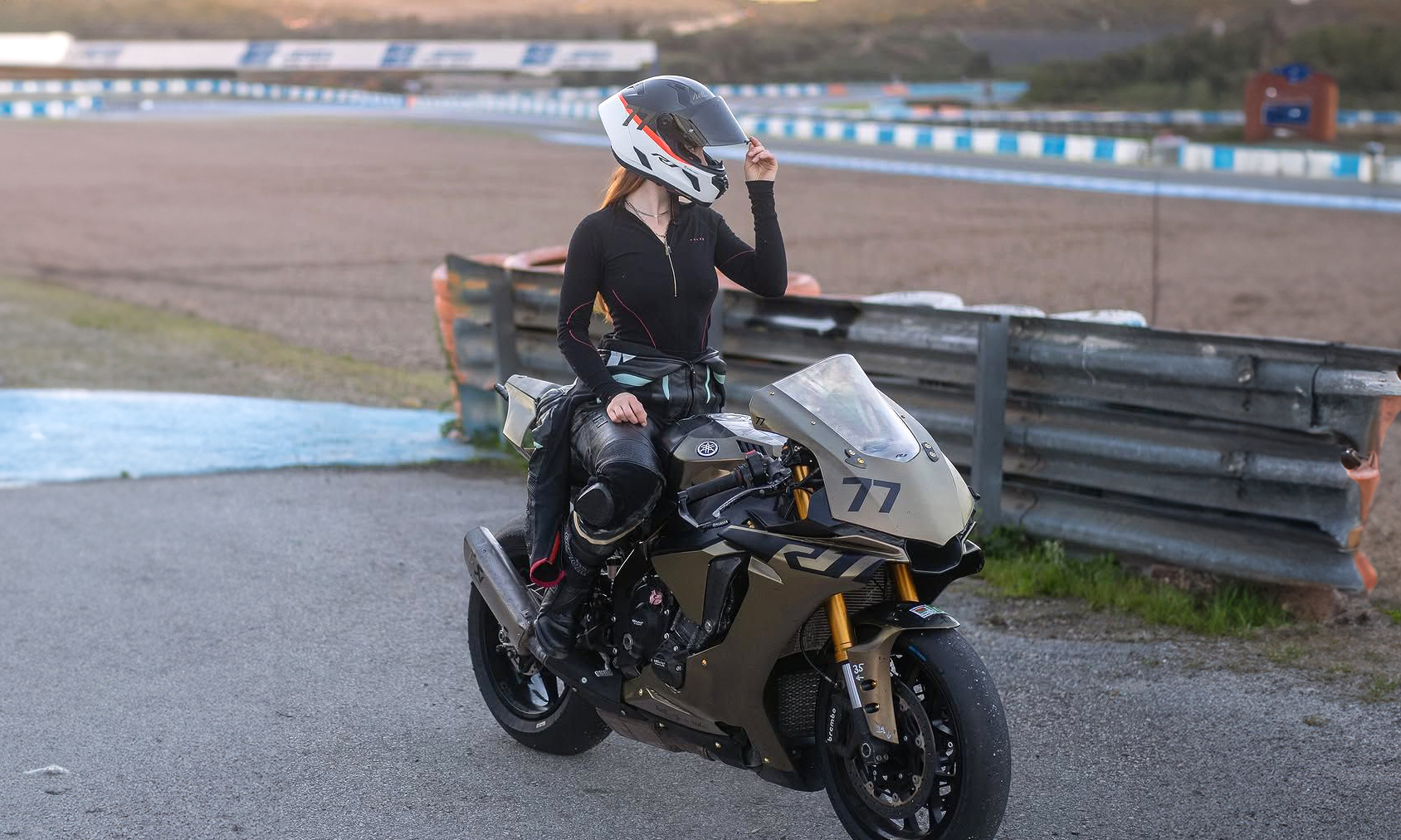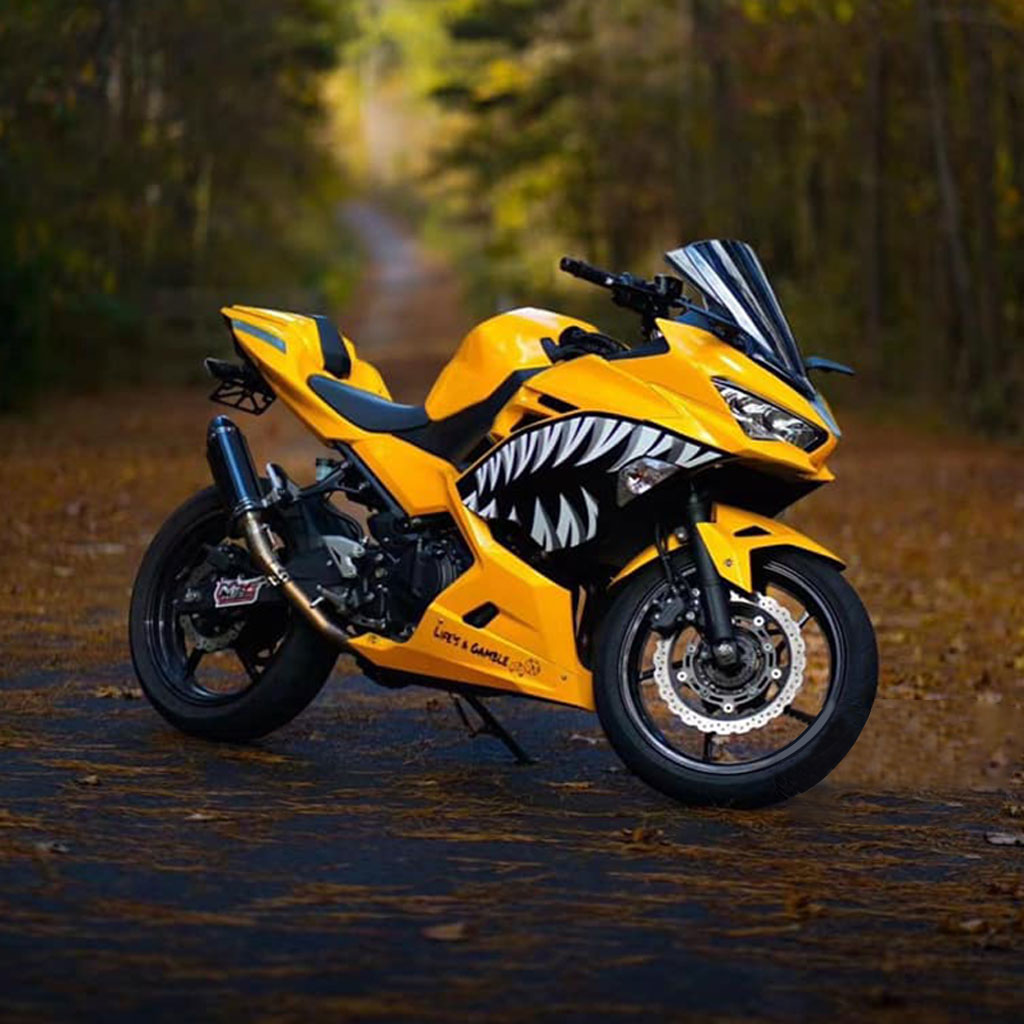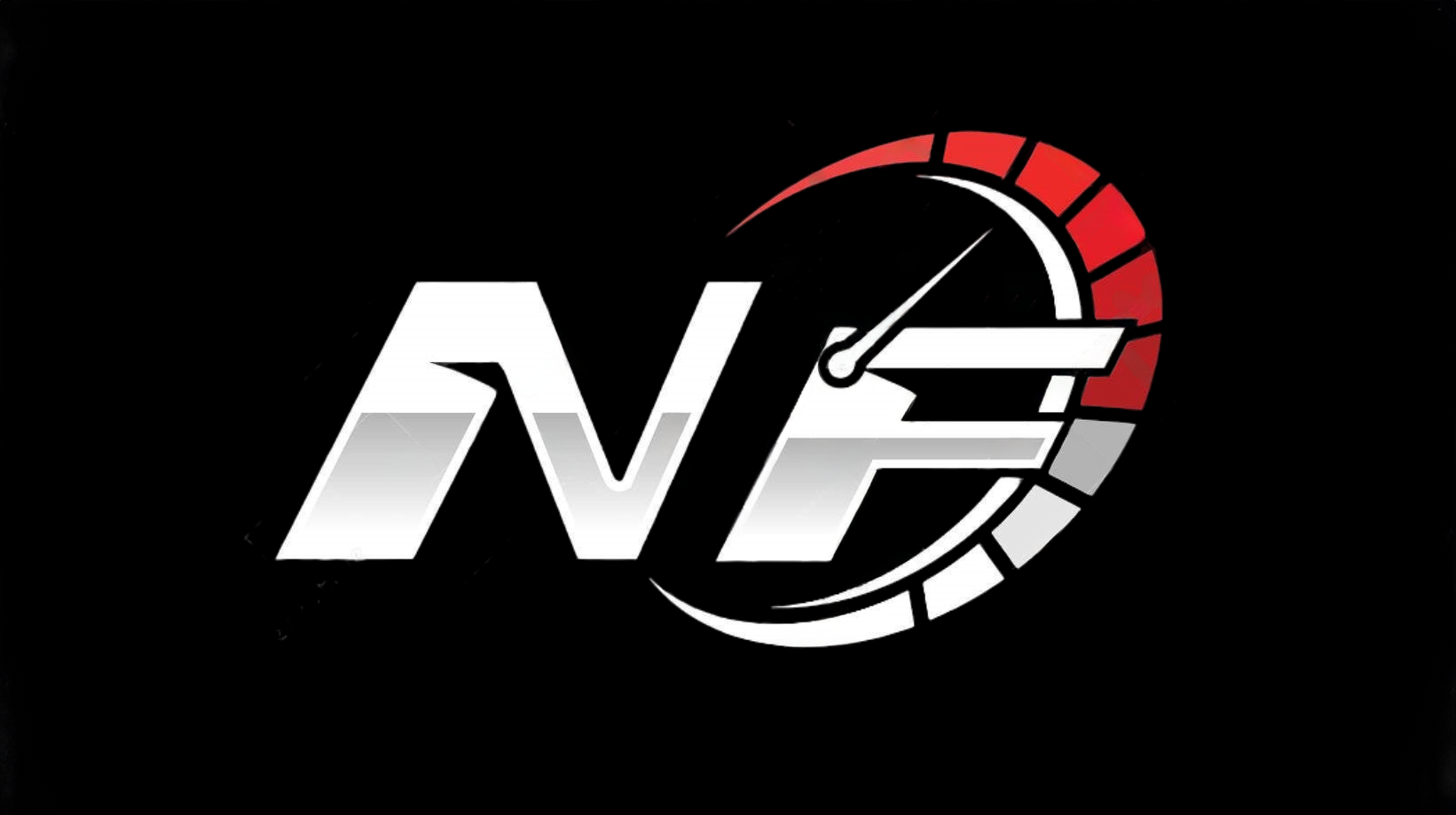How to Stay Safe on Your First Motorcycle Ride

Taking your motorcycle first ride is both exhilarating and risky. Many accidents occur during the initial months of riding. As a beginner, preparation is crucial. Proper training, reliable safety gear, and consistent practice can help ensure your safety.
Key Takeaways
Pick a motorcycle that's easy for beginners. Smaller bikes with ABS help you stay safe and in control.
Wear safety gear every time. A DOT helmet, gloves, and jacket can greatly lower your chance of getting hurt.
Join a motorcycle safety class. These classes teach key skills, make you more confident, and may cut insurance costs.
Getting Ready for Your First Motorcycle Ride
Picking a Beginner-Friendly Motorcycle
Choosing the right motorcycle is very important for new riders. Find a bike that fits your skill level and feels easy to control. Smaller bikes with less engine power are better for beginners. They are simpler to handle and less scary to ride. Look for features like ABS (anti-lock braking system). Bikes with ABS are safer and have fewer deadly crashes. This feature can save lives in emergencies.
Try out different motorcycles before deciding. Sit on the bike to check if your feet touch the ground easily. A lightweight bike is also a good choice for beginners. It’s simpler to steer, especially in small spaces or at slow speeds.
Buying the Right Safety Gear
Wearing safety gear is a must for every rider. Start with a helmet approved by DOT. It protects your head and lowers the chance of serious injuries. Add a strong jacket, gloves, pants, and boots made for riding. These items protect your body from harm and road burns.
Here’s a simple list of safety gear and why it’s helpful:
Gear Type | How It Helps |
|---|---|
Helmet | Protects your head from major injuries. |
Eye Protection | Keeps your eyes safe during accidents. |
Riding Jacket | Guards your upper body from harm. |
Gloves | Shields your hands and reduces injury risks. |
Riding Pants | Protects your legs from injuries. |
Boots | Safeguards your feet and ankles. |
Wearing this gear not only keeps you safe but also makes you feel more confident when riding.
Joining a Motorcycle Safety Class
Taking a safety class is a smart way to prepare for riding. These classes teach you how to brake, turn, and avoid dangers. Studies show trained riders have fewer accidents. Some insurance companies even give discounts for completing a class.
You’ll also practice riding in a safe area. This helps you feel more at ease on the road. As a beginner, learning good habits early is key to enjoying your first ride safely.
Learning Basic Riding Skills

Getting Used to Throttle and Brakes
Learning to use the throttle and brakes is very important. The throttle controls your speed, and brakes help you stop safely. Practice using them gently to avoid sudden stops or starts. Start in a quiet place like an empty parking lot. Slowly increase your speed and practice stopping without sliding.
Tip: Use both brakes at the same time for better control. The front brake stops the bike faster, while the rear brake keeps it steady.
Programs like those from the Motorcycle Safety Foundation (MSF) teach these skills. Studies show trained riders have fewer crashes. Local programs also help beginners feel safer and more confident.
Learning Counter-Steering
Counter-steering may sound hard, but it’s easy to learn. To turn left, push the left handlebar forward lightly. To turn right, push the right handlebar. This method helps you turn smoothly on curves and corners. Practice this in a safe area before riding on busy roads.
Motorcycle clubs often teach counter-steering in their safety lessons. These lessons show how to handle sharp turns and avoid sudden dangers. This can make your first ride much safer.
Keeping a Safe Distance
Staying far enough from other vehicles is very important. Rear-end crashes are common and cause many injuries every year. If you follow too closely, you might not stop in time. Keep at least a three-second gap between you and the car ahead. This gives you time to react if they stop suddenly.
Note: Pick a landmark like a sign to measure the gap. Count “one-thousand-one, one-thousand-two, one-thousand-three” as the car passes it to check your distance.
By practicing these skills, you’ll feel ready and safe for your rides.
Avoiding Common Mistakes
Skipping Proper Training
Not getting proper training is a big mistake for beginners. You might think you can learn alone, but classes teach life-saving skills. Did you know motorcyclists are 28 times more likely to die in crashes than car passengers? Most accidents happen in the first few months of riding, especially for those with less than six months of experience. Without training, riders may not know how to handle counter-steering or emergency braking, which are key for safety.
Studies show 92% of crash-involved riders taught themselves. This proves how important safety courses are. These classes teach basics and help you feel confident in a safe space. Don’t skip training—it’s one of the smartest ways to stay safe.
Riding Without Protective Gear
Skipping protective gear is another common mistake. On hot days, you might not want to wear it, but it’s too risky. Helmets, jackets, gloves, and boots lower your chances of serious injuries. Riders with gear are less likely to need hospital care after accidents. Body armor also protects your upper body and helps you heal faster if you get hurt.
Think of gear as your safety shield. It doesn’t just protect your body—it helps you stay calm and focused on riding.
Overestimating Your Riding Abilities
Being too confident can lead to danger. After a few rides, you might feel ready for highways or sharp turns, but it’s safer to go slow. Over half of motorcycle crashes involve riders with less than five months of experience. Many crashes happen because riders overestimate their skills and take risks.
Start with easy roads and build confidence slowly. Avoid bad weather and stick to familiar routes until you’re more experienced. Staying realistic about your skills can keep you safe.
Advanced Safety Tips for First-Time Riders
Checking Your Motorcycle Before Riding
Always check your motorcycle before you ride. This quick step can stop problems and keep you safe. Look at the tires for air and damage. Check the brakes to make sure they work well. Test all lights, like headlights and turn signals. These checks help others see you and prevent accidents.
Also, look at the chain or belt. A broken or loose chain can cause big trouble. Fix any issues before riding. Regular checks may feel boring, but they are very important for safety.
Watching for Road Dangers
Road dangers can show up suddenly, so stay alert. Look out for potholes, gravel, or wet spots that can make you slip. Watch other cars, especially those that change lanes quickly. Defensive riding helps you avoid these dangers.
Motorcycle groups teach defensive riding tips.
These tips help riders handle bad roads or debris.
Fewer accidents happen when riders use these skills.
By staying focused, you can avoid risks and ride safely.
Wearing Bright Gear to Be Seen
Bright and reflective gear makes you easier to see. Wear bright jackets or vests, especially in dim light. Studies show bright colors help drivers notice you more.
Year | Study Title | Key Point |
|---|---|---|
2012 | Motorcycle Visibility: What Works Best? | |
2012 | Review of Gear for Rider Safety | Reflective gear improves rider safety. |
2019 | Riders’ Views on Bright Gear | Bright gear works well in low light. |
Add reflective strips to your helmet or bike. These small changes help drivers spot you and keep you safer.
Your motorcycle first ride is thrilling, but safety matters most. As a beginner, being ready and practicing often is key.
Safety classes teach you important skills and boost confidence.
Defensive riding keeps you aware and helps avoid accidents.
Practice in real situations prepares you for safe riding.
Starting with good habits brings lasting safety benefits. Over half of crashes involve riders with under five months’ experience, and 92% of crash-involved riders learned on their own. Follow these tips to enjoy riding while staying safe.
Remember: Safe riding depends on you. Be ready, stay alert, and enjoy the ride!
FAQ
What should you do if your motorcycle feels wobbly?
Look at your tire pressure and suspension settings. Low pressure or bad suspension can make the bike shaky. Always check your motorcycle before every ride.
How can you stay safe when riding at night?
Wear bright, reflective clothing and use high beams when needed. Watch for road dangers and keep enough space from other vehicles.
Is it safe to ride in bad weather as a beginner?
Don’t ride in bad weather until you have more practice. Wet roads are slippery and harder to see, making riding tricky.
Tip: Check the weather before you ride. Clear days are safer and more fun!

